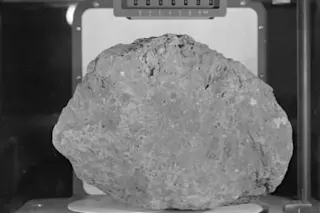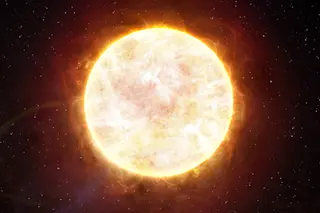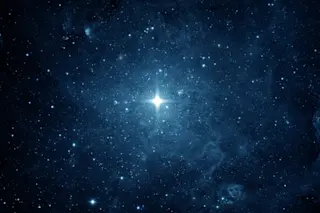In 1971, astronauts aboard the Apollo 14 mission collected a moon rock that scientists have now found likely originated on Earth. During a new investigation, researchers found that the rock, officially named 14321, contains traces of minerals and has a chemical makeup that are both common to Earth and extremely strange for the moon. The research team thinks that, most likely, a rock that formed on Earth four billion years ago was launched to the moon’s surface by an asteroid impact.
Astronaut Alan Shepard hoisted the rock from the lunar surface near the edge of Cone Crater, where it had rested for millions of years, and brought it back to Earth for analysis. As the largest of the samples brought back by the mission it was christened with the nickname “Big Bertha”.
NASA loaned the lunar rock sample in question to Curtin University in Australia, where researchers studied the moon ...














